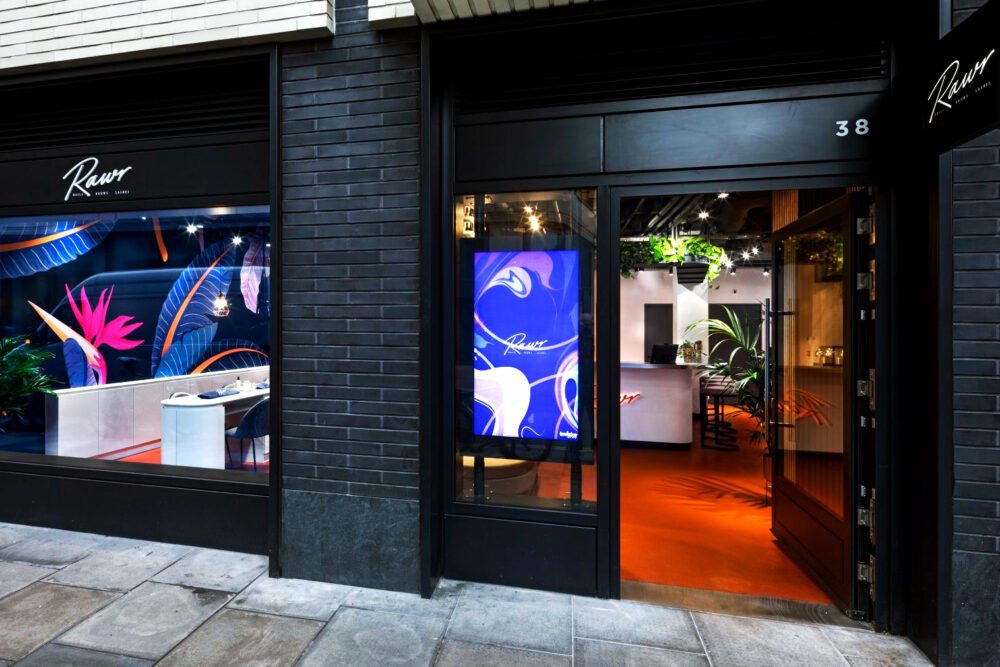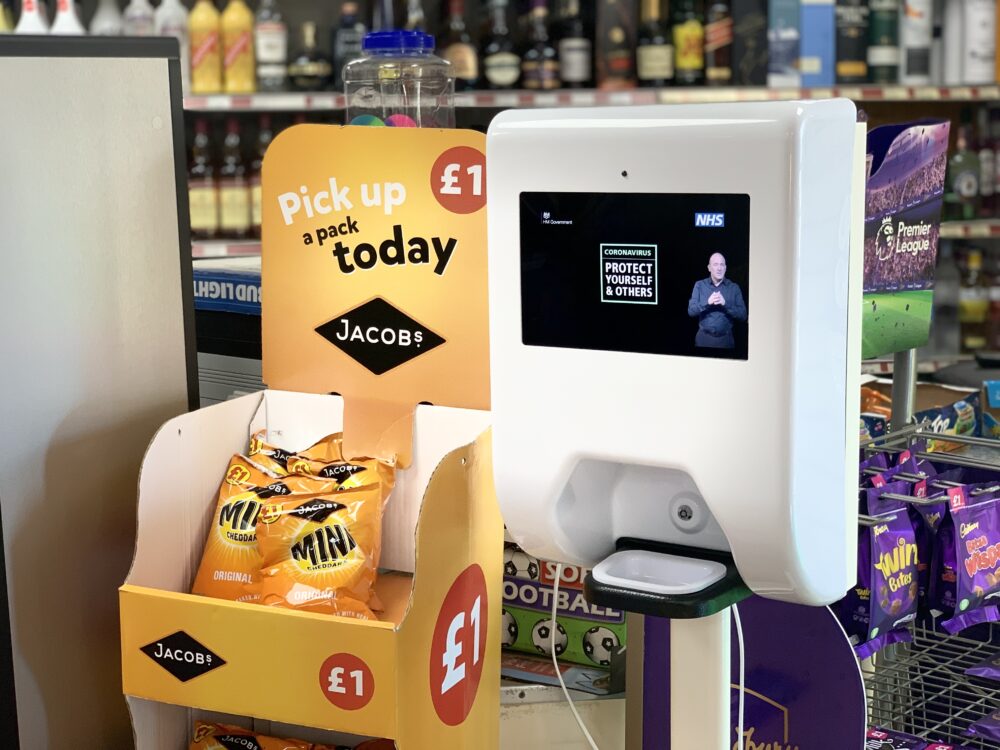Following the sudden halt of in-store shopping experiences and months of high street store closures, retailers are starting to bounce back from the impact of Covid-19. The outbreak threatened both cash flow and customer loyalty, so businesses are welcoming shoppers back with open arms. Similarly, after months of looking at boarded-up windows, consumers have eagerly flocked back to stores in a bid to revive a sense of ‘normality’.
However, as the sector reopens to an entirely new world, health and safety has to remain a priority. As figures show, footfall increased by 54% in the first week alone, so it is critical that retailers have the necessary measures in place to protect both employees and customers. But at the same time, this shouldn’t come at the expense of customer experience. And this is where technology plays an important role.
Queue management and transparency
In general, consumers understand the importance of social distancing in stores at a crucial time like this. However, it is also clear that a lack of transparency while queuing to enter a store can cause frustration, which may lead shoppers to take their custom elsewhere. Digital signage placed in window displays can help to solve both of these challenges.
For example, these screens can be used to display – in real time – the number of people currently in the store against the maximum store capacity. This provides potential customers with greater transparency of wait-times and control over when they choose to visit the store then, or return later in the day when things might be quieter. For larger retailers in particular, screens can be collaborated with in-store sensors, enabling them to digitally monitor footfall. The result is more accuracy in adhering to social distancing requirements, while improving transparency and customer experience.
A good example of this is the cloud-based, multi-screen Content Management System (CMS), NowSignage. In comparison to a basic “green and red” traffic light system, a solution such as its Capacity App provides full API integration with cameras, pulling data in realtime to display a live capacity count on screen. Not only does this reduce the need for multiple door staff with manual clickers, but the data extracted can be used for marketing purposes too. It allows businesses to analyse trends such as days of the week and times of the day, and adapt their advertising on screens to reflect the factors influencing footfall into the store.

Encouraging social distancing in store
In addition to managing queues outside, digital signage solutions can also support and reinforce health and safety requirements inside. Screens placed strategically around the store can help staff safely navigate shoppers around a one way system, while also reminding them of the necessary governmental guidance – such as keeping two meters apart. Whereas traditionally retailers have used paper displays, the benefit of digital screens is they can be updated remotely and in real time; reducing human touch points and the need to constantly replace signage.
Another example of using technology to enhance both customer safety and experience is hand sanitation points, such as the LCD Hand Sanitizer Display by One Digital Signage. These stations – consisting of a digital information screen and a motion activated hand sanitiser – can be an effective way to remind people to wash their hands with antibacterial gel; mitigating the spread of germs as customers touch products throughout the store. What’s more, by utilising a CMS, businesses can remotely monitor solution levels and be instantly notified when sanitisers need refilling.

The impact for the store of the future
The COVID-19 outbreak is undoubtedly forcing retailers to pivot quickly. Adopting more technology solutions now to support health and safety measures, as well as to enhance the customer experience while working at a reduced capacity, could also bring longer term benefits. At the very least, it is helping to fast-track the industry towards a more tech-forward future.
For example, as consumers and businesses alike become accustomed to the increased presence of technology in stores, it could spur more retailers to adopt other solutions such as self-serve or voice-activated kiosks, as well as LED video walls. Further still, the focus on digitising the customer experience with in-store tech solutions, coupled with the legacy of social distancing, could serve to fast-track efforts towards more experiential retail. For example, we might see an increase in interactive or immersive experiences in the future store.
It’s still early days for the retail industry as the economy begins its journey to recovery. However, one thing we do know is UK businesses are agile and resilient. And we can expect some exciting things to come from the retail store of the future.
















